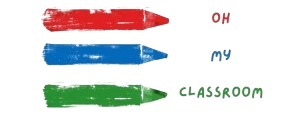Escape rooms have exploded in popularity, offering a thrilling blend of teamwork, problem-solving, and a dash of adrenaline.
But who says the fun is just for adults? With a little creativity, you can bring the escape room experience to life for kids, fostering cooperation, critical thinking, and a sense of accomplishment.
This blog post dives into 25 escape room puzzle ideas specifically designed to engage and challenge young minds.
From low-tech to slightly more intricate, these puzzles can be adapted to various themes and age groups, creating an unforgettable adventure for your little escapees!
Low-Tech Delights (Perfect for All Ages):
Hidden Messages:
Let the adventure begin with a hidden message! Write a clue on a seemingly ordinary object, using invisible ink revealed by a blacklight or lemon juice.
Lock & Key:

A classic escape room staple! Hide a key around the room, requiring kids to decipher clues to find its location. The key can open a box containing the next puzzle or unlock a door leading deeper into the escape room.
Shape Sorting:
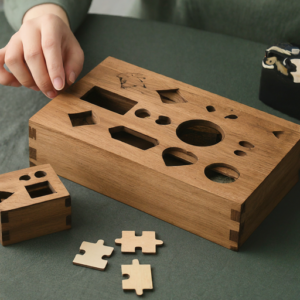
This is a great option for younger children. Create a box with different shaped holes and corresponding puzzle pieces. Solving the puzzle reveals a hidden message or activates a secret mechanism.
Color Matching:
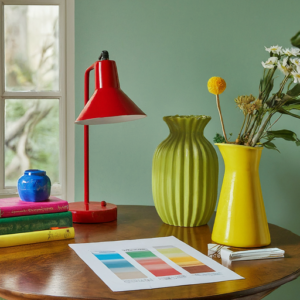
Scatter colorful objects around the room and provide a sheet with color combinations. Matching the colors correctly could reveal a code to unlock a padlock or a secret message.
Scavenger Hunt Clues:

Hide clues throughout the room, each leading to the next. These clues can be riddles, rhymes, or simple observations requiring kids to work together and explore their surroundings.
Flashlight Fun:

Hide clues written in glow-in-the-dark paint. Kids will need a flashlight to discover these hidden messages, adding an extra layer of excitement.
Mirror, Mirror on the Wall:
Write a clue backwards on a mirror. Kids have to hold a mirror up to the message to read it correctly, encouraging them to think outside the box.
Puzzle Power:
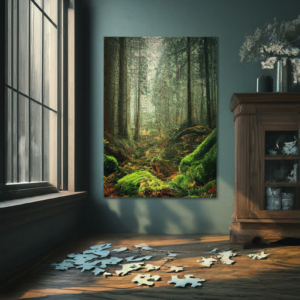
Jigsaw puzzles can be more than just pictures. Use a puzzle with a hidden message or code on the back, requiring them to complete the puzzle to escape.
Sensory Challenge:
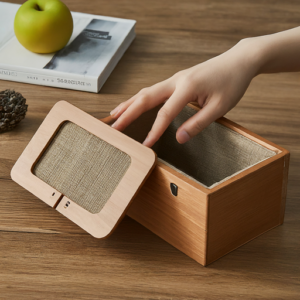
Create a box with different textures and objects hidden inside. Kids need to identify the objects by touch alone, revealing a clue or key.
Musical Mayhem:
Hide a code or message within a simple song or nursery rhyme. Kids have to listen carefully and decipher the hidden message.
Stepping Up the Challenge (For Older Kids):
Cipher Challenge:#

Introduce basic cryptography! Create a simple substitution cipher where each letter is replaced with another. Kids need to crack the code to reveal a hidden message.
Logic Puzzles:
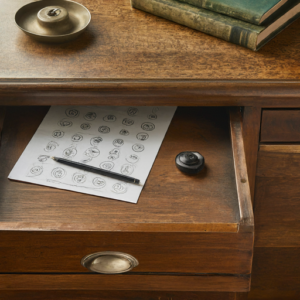
Present a series of logic puzzles with clues like “A is bigger than B, but smaller than C.” Solving the logic puzzles reveals the order of objects that unlocks a combination lock.
Maze Madness:#
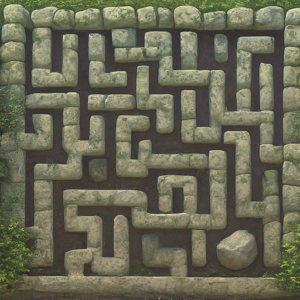
Design a maze with multiple paths. Hidden within the maze are clues or symbols that, when collected in the correct order, unlock a secret passage.
Memory Match:
Place a variety of objects on a tray. Allow kids to study them for a set time, then cover the objects. Ask them to write down as many objects as they can remember. Hidden amongst these objects might be a key or clue that progresses the game.
Blacklight Bonanza:#
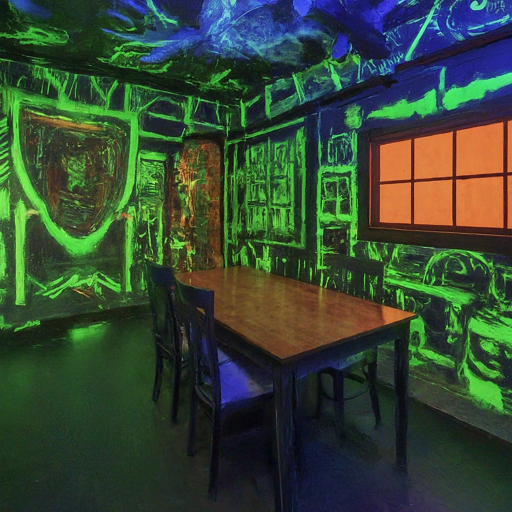
Decorate the room with glow-in-the-dark paint and hide clues or puzzles that are only visible under a blacklight.
DIY Decoder Ring:

Craft decoder rings with multiple alphabet wheels. Provide a coded message and have kids use the rings to decipher the hidden message.
Tech-Savvy Twists (With Adult Supervision):
QR Code Capers:

Hide QR codes around the room that, when scanned with a tablet or smartphone (with adult supervision), reveal clues or video messages with further instructions.
Flashlight App Fun:
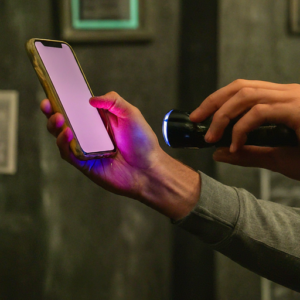
Utilize a flashlight app on a smartphone to reveal hidden messages written in UV ink on seemingly blank paper.
Glowstick Challenge:
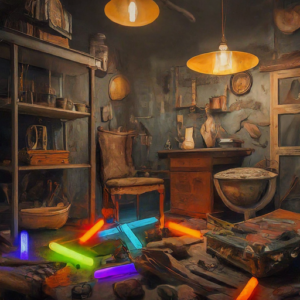
Hide glowsticks around the room, each containing a piece of a puzzle or code. Kids need to collect all the glowsticks to complete the puzzle and escape.
Online Scavenger Hunt:
Design a website with a series of online puzzles and riddles. Kids need to navigate the website to find clues that lead them to the next step in the escape room.
Themed Adventures (Add a Layer of Immersion):
Space Station Escape:

Hide clues within constellations or use glow-in-the-dark stars to form a hidden message. Kids can use a star chart (provided) to decipher the code.
Pirate Treasure Hunt:
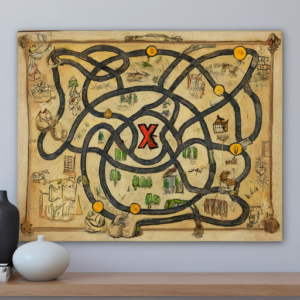
Present a treasure map with riddles or challenges that lead to hidden “treasures” (candy, small toys) around the room. Each “treasure” might contain a piece of a larger puzzle needed to escape.
Jungle Journey:
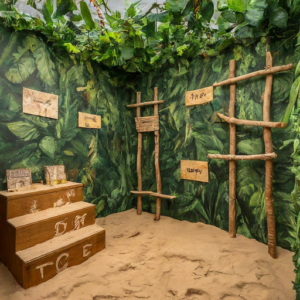
Create a series of challenges related to jungle animals. Kids may need to match animal tracks, solve riddles about different species, or unscramble animal names to unlock the next step.
Fairytale Forest:
Adapt a classic fairytale into an escape room adventure. Kids might need to solve riddles based on the story, unscramble fairytale words, or complete tasks related to the characters to escape the forest.
Remember:
- Tailor the Difficulty: Consider the age and skill level of the participants when choosing puzzles.
- Provide Hints: Have a system for offering hints if kids get stuck. You can hide them around the room or provide a limited number of “help cards.”
- Set the Stage: Decorate the room according to your chosen theme to enhance the immersive experience.
- Celebrate Success: Most importantly, have fun! Acknowledge the teamwork and problem-solving skills displayed by the kids throughout the escape room adventure.
With a little creativity and these escape room puzzle ideas, you can create an unforgettable experience that will have your kids working together, thinking critically, and feeling a sense of accomplishment. So, gather your little adventurers, set the timer, and let the escape room fun begin!
